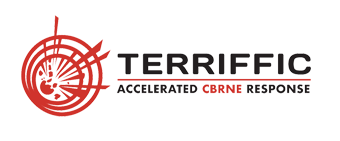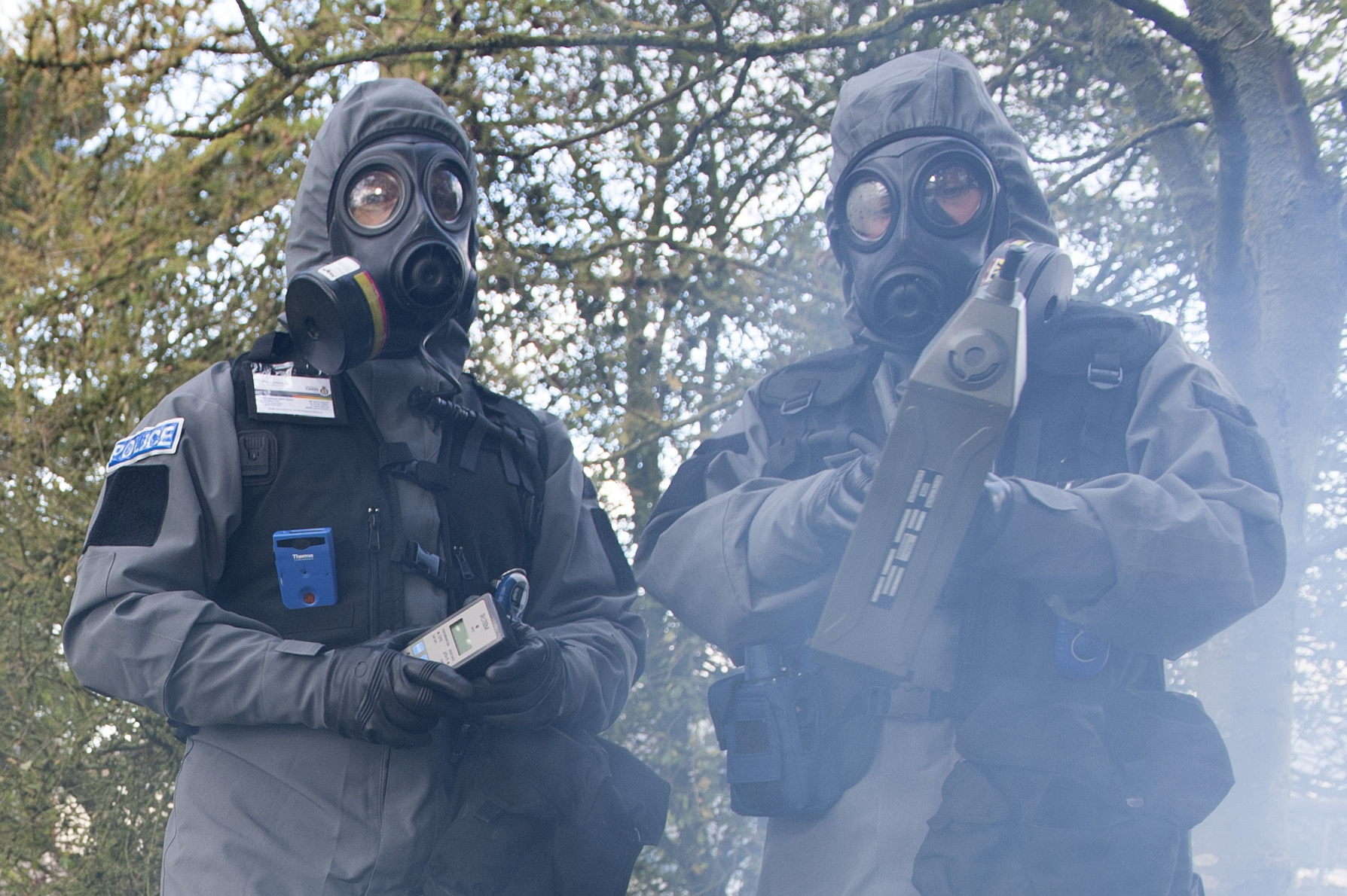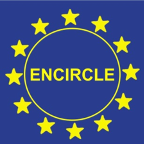TERRIFFIC – Tools for early and Effective Reconnaissance in cbRne Incidents providing First responders Faster Information and enabling better management of the Control zone
The TERRIFFIC project brings together 10 European organisations, working together to deliver an important step change in the effectiveness of first responders during the first hours of a Radiological, Nuclear, explosive (RNe) incident. This will lead to reduced response times, less health and safety risks for the response teams, and less human intervention in the operation due to a higher number of automated processes and extended mobile detection capabilities.
It is also when they are most at risk as the extent and intensity of the contamination is still unknown and there may be secondary devices or contaminated objects.
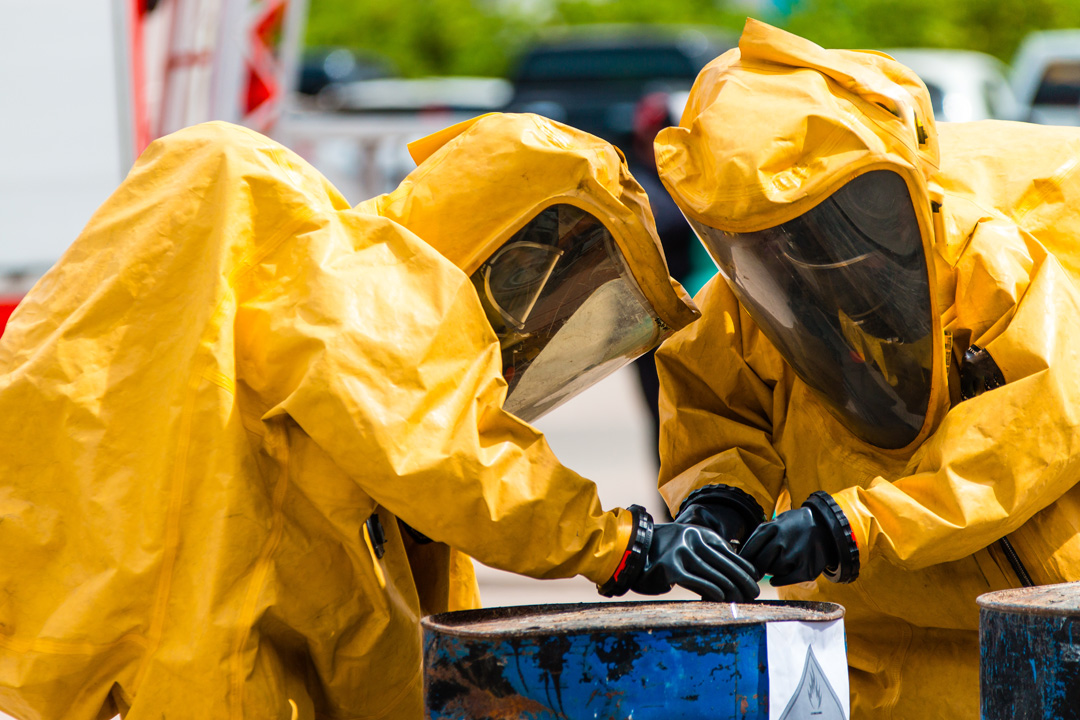
Countries
Partners
Months
All aspects of the project are practitioner-driven.
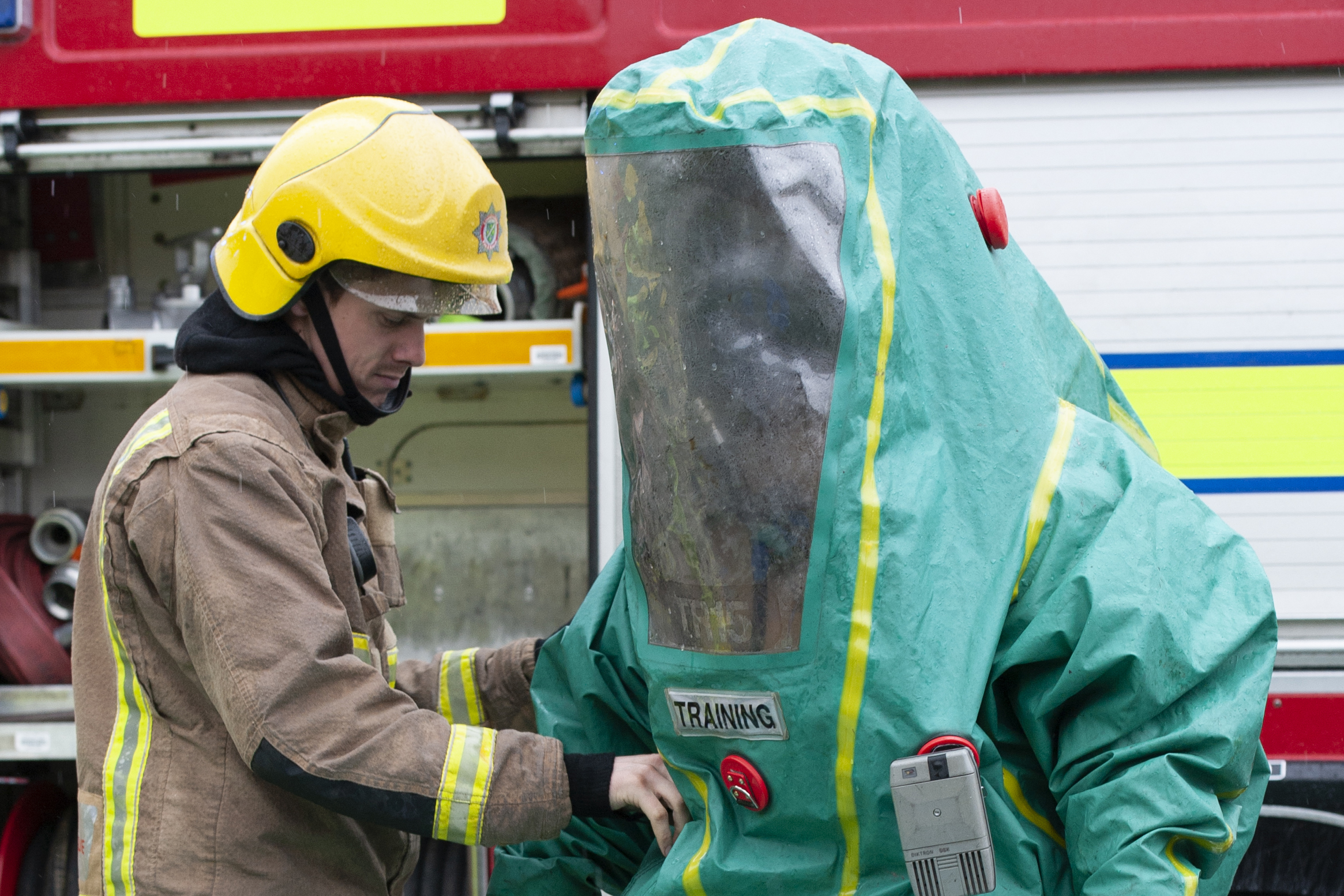
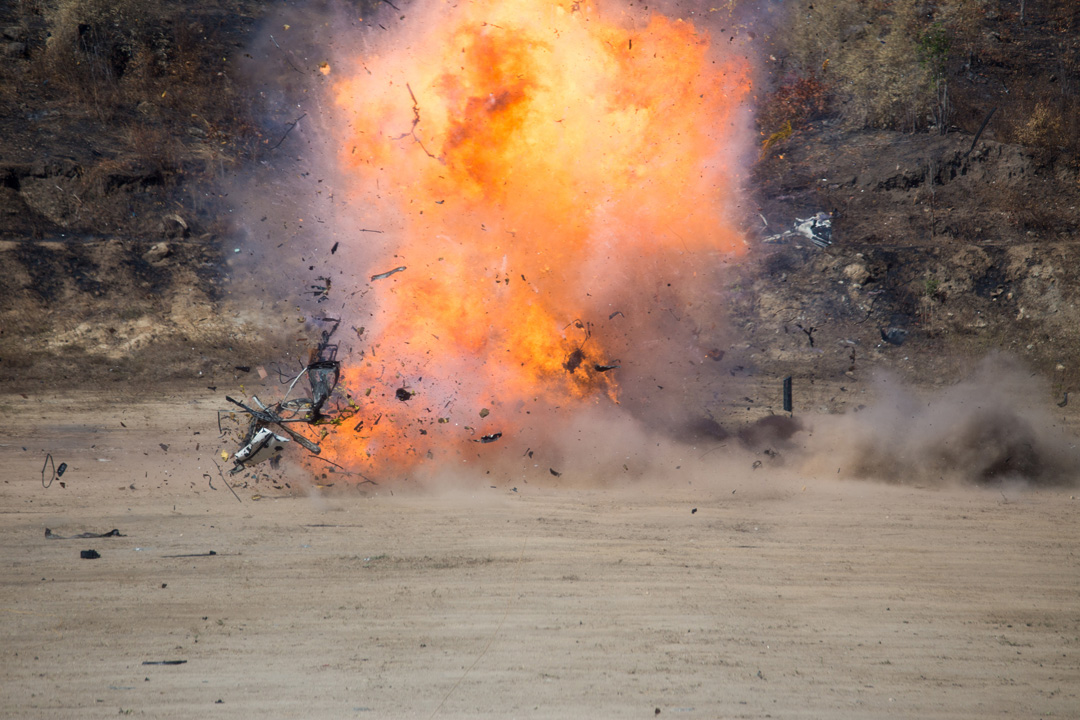
The overarching objective is, therefore, to collect and update this information much more quickly, whilst in parallel the responders prepare to intervene or indeed have already started to intervene.
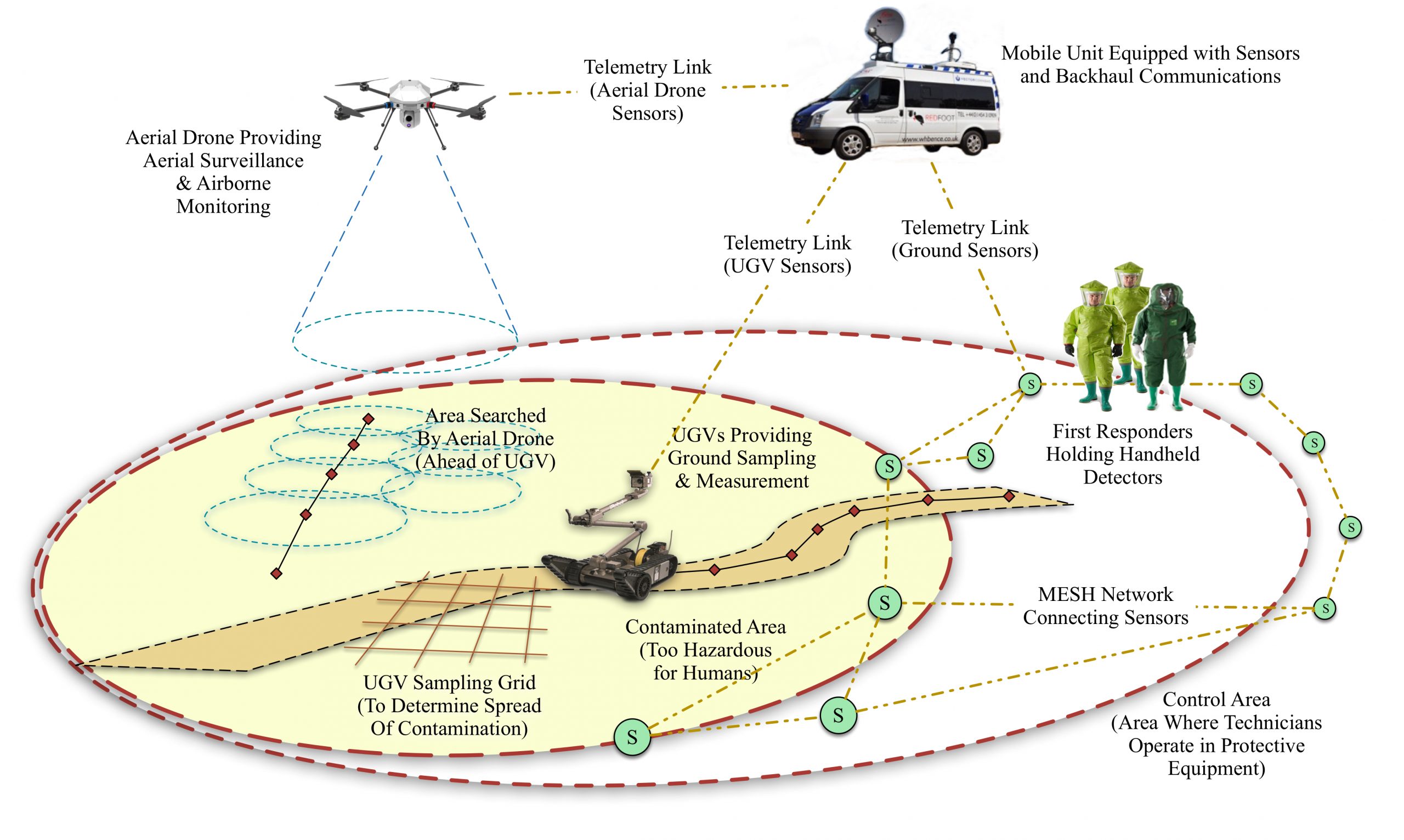
The individual technological components needed for a significant improvement in this respect have progressively emerged over the past decade and include new detectors, drones, robots, dispersion models, information management and decision support software (DSS) packages.
The dynamically updated information made available by the TERRIFFIC system and its components will enable the response team to intervene immediately, as adequate safety measures can be rapidly implemented.
The TERRIFFIC solutions will have a significant impact for CBRNe responders in the early hours of an incident.
